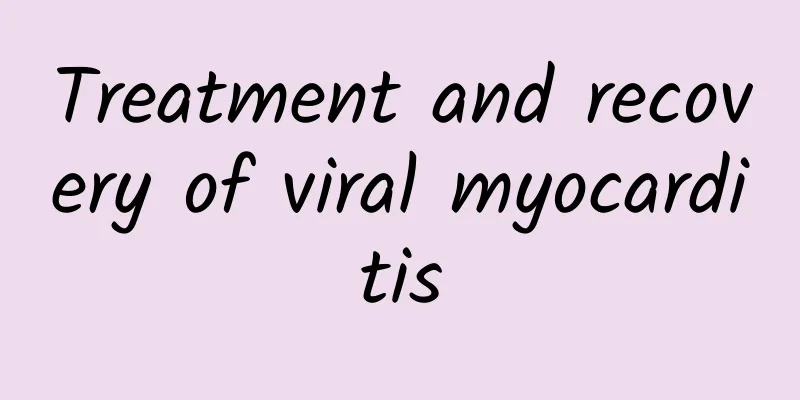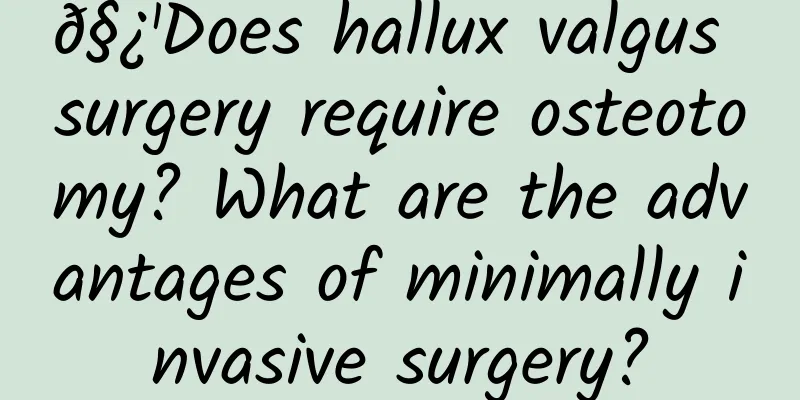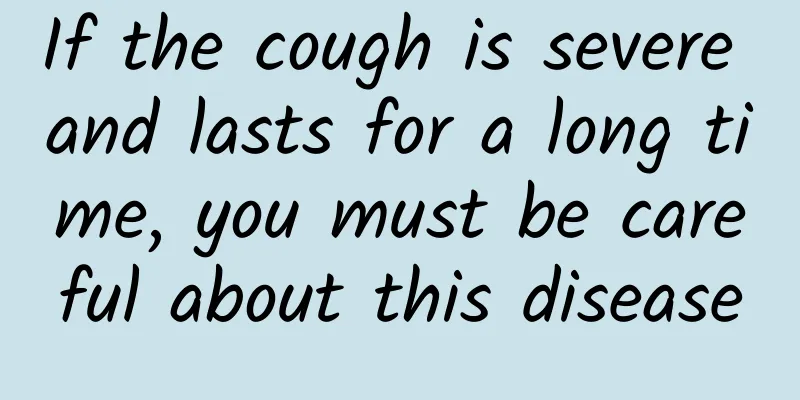Treatment and recovery of viral myocarditis

|
Author: Liu Wenxian, Chief Physician, Beijing Anzhen Hospital, Capital Medical University Reviewer: Wang Fang, Chief Physician, Beijing Hospital Viral myocarditis is actually a heart disease caused by a viral infection. It silently attacks the heart muscle, causing inflammation, which in turn affects heart function. In mild cases, the effect may be minor, but in severe cases, it may lead to fatal consequences. When facing viral myocarditis, correct treatment and adequate recovery are crucial. 1. How to treat viral myocarditis? The treatment of viral myocarditis is a comprehensive process involving multiple links. First of all, rest is the basis of treatment. Patients should rest in bed during the acute phase and avoid strenuous exercise and emotional excitement to reduce the burden on the heart and promote the repair of myocardial cells. Secondly, although there is currently no specific antiviral drug to treat viral myocarditis, in certain cases, doctors may consider using antiviral drugs to inhibit viral replication. However, the pros and cons of using antiviral drugs should be carefully weighed, because they are not effective for all patients and may bring certain side effects. For patients with complications, such as arrhythmia, heart failure, or cardiogenic shock, appropriate symptomatic treatment measures are required. These measures are aimed at relieving patient symptoms, improving quality of life, and creating conditions for the recovery of myocardial inflammation. In severe cases of heart failure or cardiogenic shock, patients may need mechanical assisted circulation to support life. Extracorporeal membrane oxygenation (ECMO) is a commonly used mechanical assisted circulation device that can effectively reduce the burden on the heart and help patients through the critical period. In the early days when ECMO was not available, IABP, or intra-aortic balloon pump, was also used to allow the heart to rest properly, allowing the damaged inflamed myocardium to recover on its own, and reducing the heart's load. Figure 1 Original copyright image, no permission to reprint Finally, during the treatment, doctors may use some auxiliary drugs to regulate the immune response and reduce the damage to myocardial cells. Commonly used immunomodulatory drugs include glucocorticoids, immunoglobulins, etc. These drugs can inhibit the excessive activation of the immune response and reduce the damage to myocardial cells. However, it should be noted that immunomodulatory drugs also have certain side effects and dependence, so the pros and cons should be carefully weighed when using them. 2. Rehabilitation and management of viral myocarditis The recovery process of viral myocarditis requires the joint efforts of patients and doctors. The recovery time after treatment of viral myocarditis varies from individual to individual, but in general, the clinical course takes about 10 days to basically relieve symptoms. However, the complete recovery of inflammation is a gradual process, not a sudden change at a specific time point. In the early stages of recovery, we recommend that patients take a longer rest in order to promote adequate repair of myocardial cells and recovery of heart function. Patients are usually advised to maintain strict rest and avoid any strenuous exercise and physical activity during the first month. After that, during the 3-6 month recovery period, physical activity is gradually increased, but excessive load should still be avoided to prevent heart enlargement and impaired heart function. For students and children, it is recommended to completely avoid physical activity during the first month and continue to avoid high-intensity physical activity for the next six months. This ensures that the heart has enough time to recover and avoids unnecessary strain on the heart. Figure 2 Original copyright image, no permission to reprint During the recovery process, patients need to go to the hospital for regular checkups and examinations to monitor changes in their condition and treatment effects. Doctors will develop a personalized monitoring plan based on the patient's specific situation, including electrocardiogram, cardiac ultrasound, myocardial enzyme spectrum and other examination items. These examination items can detect changes in the condition in a timely manner and provide an important basis for treatment. For patients with severe conditions or residual heart failure, long-term management is required. Doctors will develop personalized treatment plans based on the patient's specific conditions, including drug therapy, cardiac rehabilitation exercises, etc. At the same time, patients also need regular follow-up and examinations to monitor changes in their condition and adjust treatment plans. |
<<: Viral myocarditis: a latent heart "cold"
>>: High blood lipids ≠ greasy diet! So what is the trick?
Recommend
How to reduce swelling of vulva
Vulvar swelling and pain is a common symptom amon...
Can I eat tea eggs during menstruation?
Menstruation is a normal physiological reaction o...
Is it harmful to your body to eat steamed bread and bread containing yeast frequently? The truth can no longer be hidden...
Expert in this article: Wang Silu, National Senio...
What to do with abdominal pain after childbirth
After a miscarriage, women will find that the pai...
How long after menstruation can I have sex
Most people know that women cannot have sex durin...
Will straining to defecate cause the fetus to be deprived of oxygen?
If a pregnant woman defecates too hard during pre...
How does Yu Minhong educate his children? How do parents teach their children to do their homework?
At the end of the 19th century, He Ziyuan, Qiu Fe...
Is a big belly caused by dampness?
For women, if they have a relatively large belly,...
Is it suitable for women to do yoga during menstruation?
Nowadays, there is more than one way for girls to...
What causes irregular menstruation?
Many women have irregular menstruation in their l...
Why does a 10-year-old girl have chest pain?
Some children experience breast pain for no appar...
How to relieve constipation in pregnant women
People are prone to constipation when they get an...
What is the self-test method for female sexual frigidity?
Making love is a matter between two people. If on...
What causes stomach pain during early pregnancy?
A woman's body is more fragile and sensitive ...
How much does the prenatal check-up cost?
As we all know, female friends need to do prenata...









